Path beside house: how to handle drainage?
maddybeagle
10 years ago
Related Stories

LIFEHouzz Call: How Are You Handling the Record-Breaking Cold?
Share your tales, strategies and photos for everything polar vortex
Full Story
PRODUCT PICKSGuest Picks: Follow a Modern Farmhouse Path
These clean-lined furniture pieces and accessories in natural materials will put your home on the road to country chic
Full Story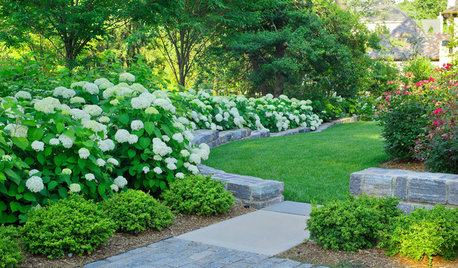
FLOWERS AND PLANTSHydrangea Arborescens Illuminates Garden Borders and Paths
This long-blooming eastern North American native shrub finds a home in landscapes around the world
Full Story
GREAT HOME PROJECTSHow to Give Your Driveway and Front Walk More Curb Appeal
Prevent injuries and tire damage while making a great first impression by replacing or repairing front paths
Full Story
GARDENING GUIDES10 Solutions for Soggy Soil
If a too-wet garden is raining on your parade, try these water-loving plants and other ideas for handling all of that H2O
Full Story
LANDSCAPE DESIGN5 Gravel and Stone Types for a Rockin' Landscape
Give your garden design some textural bam with pebbles, granite, river rocks and other permeable materials
Full Story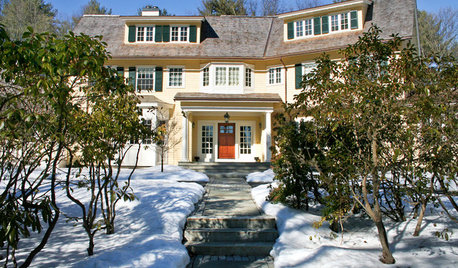
GARDENING AND LANDSCAPINGTake a Winter Walk on the Safe Side
Learn how to handle snow, ice and other cold-weather landscape factors to minimize falls and damage
Full Story
LANDSCAPE DESIGN7 Questions to Ask Before Laying Stepping Stones
These broken-up pathways invite you to put a spring in your step — while adding functionality to the garden
Full Story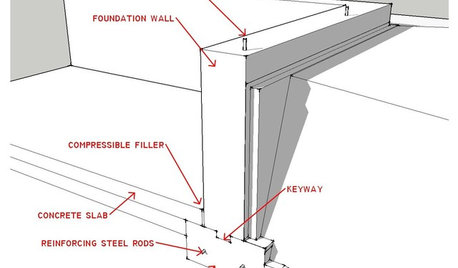
ARCHITECTUREKnow Your House: What Makes Up a Home's Foundation
Learn the components of a common foundation and their purpose to ensure a strong and stable house for years to come
Full Story
TINY HOUSESHouzz Tour: A Custom-Made Tiny House for Skiing and Hiking
Ethan Waldman quit his job, left his large house and spent $42,000 to build a 200-square-foot home that costs him $100 a month to live in
Full StoryMore Discussions







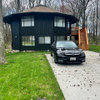

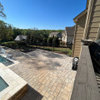
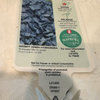

rosiew
Yardvaark
Related Professionals
Arnold Landscape Architects & Landscape Designers · Camas Landscape Architects & Landscape Designers · Maple Heights Landscape Architects & Landscape Designers · Goodyear Landscape Contractors · Chelmsford Landscape Contractors · Farmington Landscape Contractors · Fort Payne Landscape Contractors · Las Vegas Landscape Contractors · Leicester Landscape Contractors · Lynwood Landscape Contractors · North Haven Landscape Contractors · Roswell Landscape Contractors · Welby Decks, Patios & Outdoor Enclosures · Chandler Decks, Patios & Outdoor Enclosures · Kyle Decks, Patios & Outdoor EnclosuresmaddybeagleOriginal Author
Yardvaark
maddybeagleOriginal Author